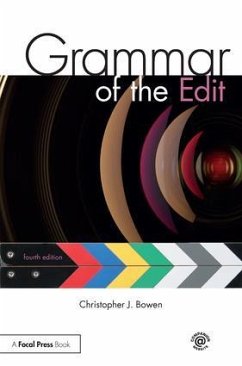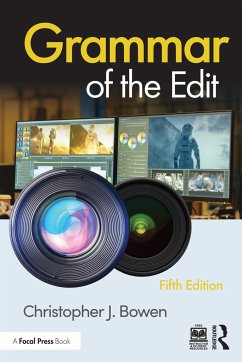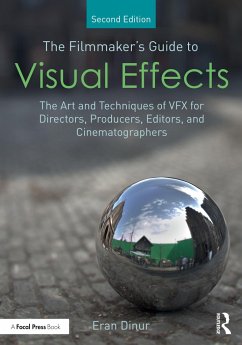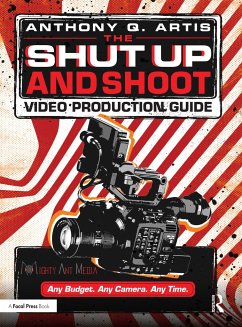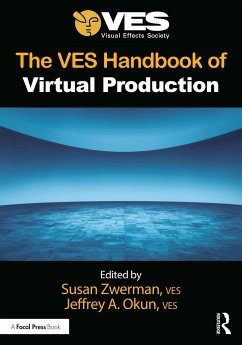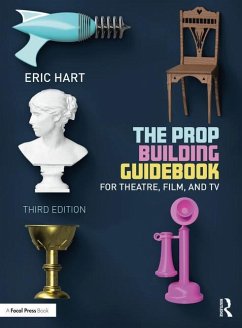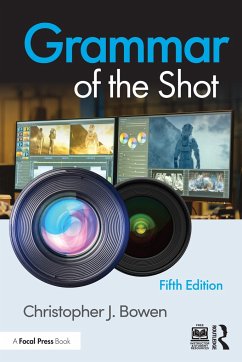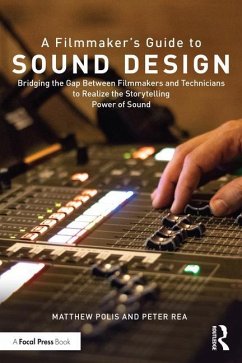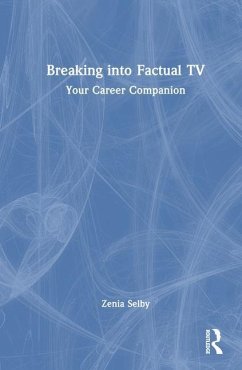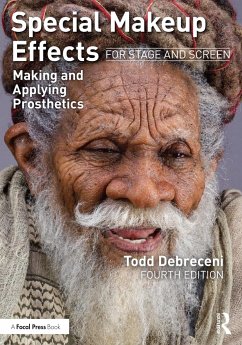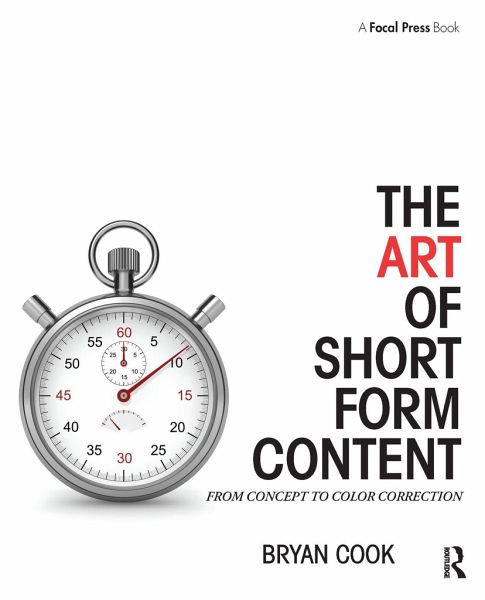
The Art of Short Form Content
From Concept to Color Correction
Versandkostenfrei!
Versandfertig in über 4 Wochen
54,99 €
inkl. MwSt.
Weitere Ausgaben:

PAYBACK Punkte
27 °P sammeln!
The Art of Short-Form Content: From Concept to Color Correction is an in-depth examination of the craft of creating short-form filmic content - a category which includes television commercials, music videos, clips on YouTube, trailers advertising upcoming releases, digital billboards, corporate videos, and pretty much anything else with a running time under five minutes. Though it is an important part of the film industry, it is typically overlooked in books on the art of filmmaking. The Art of Short-Form Content fills this industry void by answering the type of questions that working short-fo...
The Art of Short-Form Content: From Concept to Color Correction is an in-depth examination of the craft of creating short-form filmic content - a category which includes television commercials, music videos, clips on YouTube, trailers advertising upcoming releases, digital billboards, corporate videos, and pretty much anything else with a running time under five minutes. Though it is an important part of the film industry, it is typically overlooked in books on the art of filmmaking. The Art of Short-Form Content fills this industry void by answering the type of questions that working short-form content creators deal with every day. As Cook explains, though short form content is limited in time, it is not limited in quality and message




